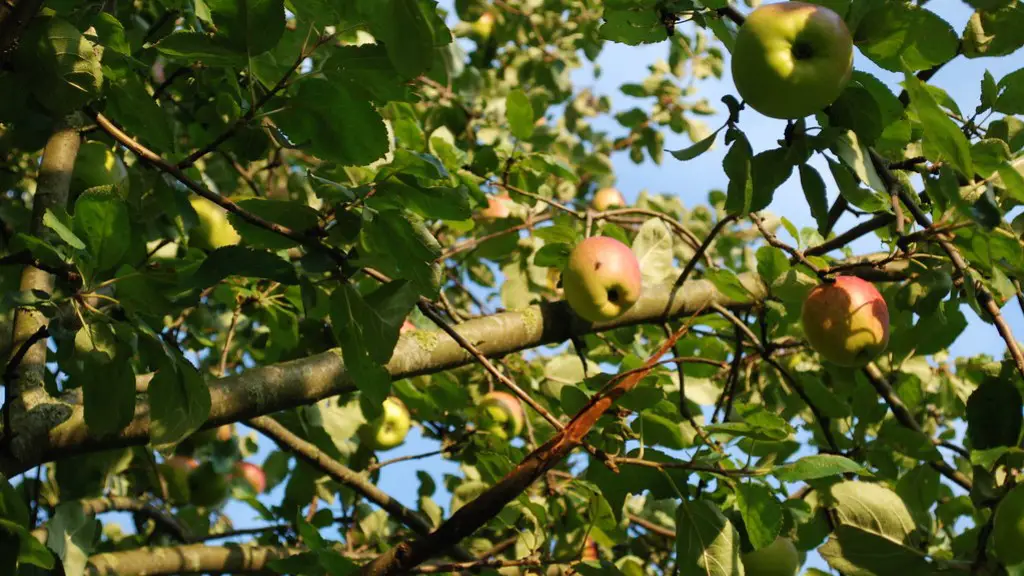Florida’s warm and humid climate combined with its long growing season, makes it an ideal place for growing avocados. Throughout the region, it’s not uncommon to come across little avocado orchards growing in residents’ backyards. Avocado trees are easy to care for and can produce bountiful harvests once they reach maturity.
For those who want to try their hand at growing their own avocados in this lush environment, here are some essential tips and best practices to ensure a successful crop.
The first and perhaps most important step in setting up a successful avocado farm is selecting the right type of tree. There are two main varieties of avocado tree – Hass and Bacon – both of which are well-suited to chiliier temperatures. Hassis known for being difficult to grow but produces a larger yield. Bacon is known for being easy to grow and produces a smaller crop with a stronger flavor.
After choosing the right type of tree, it’s time to select the proper location for planting. Avocados need plenty of space since their root systems can grow to be over 6 feet long. They also need plenty of sunshine, so choose a spot in your yard that receives at least 6-8 hours of sunshine per day. Finally, choose a spot that is well-drained, as soggy soil will quickly lead to root rot.
Once you have a spot chosen, it’s time to dig the hole. The hole should be twice as wide and as deep as the root-ball or container the avocado tree was preseved in. Place the tree in the hole and backfill with soil, making sure that the soil is firmly packed. Water the tree thoroughly and add a layer of organic mulch around it to help retain moisture.
Avocado trees need fertile soil to thrive, so fertilizing is one of the most important aspects of caring for an avocado tree. Avocado trees need to be fertilized three times a year with a nitrogen-rich fertilizer such as a 13-8-13 deep-root fertilizer, or something similar. This will help ensure that the tree gets the nutrients it needs to flourish.
Avocado trees also need regular watering, especially during dry spells. Water the tree deeply twice a week – once in the morning and once at night – to ensure that the soil is completely saturated. During the rainy season, water the tree once a week. Monitor the soil and check to make sure that it is not too dry or too wet.
Finally, it’s important to prune your avocado tree regularly. Pruning will help to improve air circulation and encourage healthy new growth. Prune the tree in the spring and summer, making sure to remove any dead branches or stems. This will encourage healthy growth and keep the tree producing abundantly.
Pest Control
Avocado trees can be susceptible to pests and diseases, so it’s important to keep an eye out for any signs of distress. The most common pests to affect avocado trees are scale insects and mealybugs. Treat these pests with an insecticidal soap or horticultural oil. If the infestation is severe, spraying a pesticide may be necessary.
Fungal and bacterial diseases can also affect avocado trees. The most common are black sooty mold and root rot. Treat these with a fungicide such as copper sulfate or wettable sulfur. Be sure to follow the instructions on the label carefully.
For more advice on how to keep your avocado tree healthy and pest-free, consult a local nursery or agricultural expert. They can provide valuable insight and advice to ensure a successful harvest.
Harvesting and Storage
Avocados are ready to harvest when they are ripe and when their skin has a characteristic dull green or purplish color. Avocados can be harvested all year round in Florida, with peak season between November and March. To harvest, simply twist the avocado off the stem. To store, place the avocados in the refrigerator for up to two weeks.
Once harvested, avocados can be enjoyed fresh or used in any number of dishes. Avocados are a great source of vitamins and minerals, making them a healthy and delicious addition to any meal. Avocado toast, guacamole, and avocado-lime salads are great options for enjoying homegrown avocados.
Benefits of Growing your Own
Growing your own avocado tree in Florida offers many benefits. Not only can you enjoy the fresh flavor of homegrown avocados, but you can also take great pride in knowing that you grew them yourself. Growing your own is also a great way to get kids interested in gardening and instill in them a love of nature and the outdoors.
And of course, having your own avocado tree is a great way to save money on your grocery bill. A single avocado tree can produce up to 60 fruits per year, which can add up to a significant savings over time. Plus, you’ll know that you’re getting the freshest possible fruit with no hidden chemicals or pesticide residues.
Wrapping Up
Growing an avocado tree in Florida can be an enjoyable and rewarding experience. With the right care and attention, your avocado tree can provide you with a bountiful harvest for years to come. Follow the tips and best practices outlined above and you’ll be on your way to growing your very own homegrown avocados. Happy gardening.


